Plan to play Scottish bridge 'songs' using Human Harp
- Published
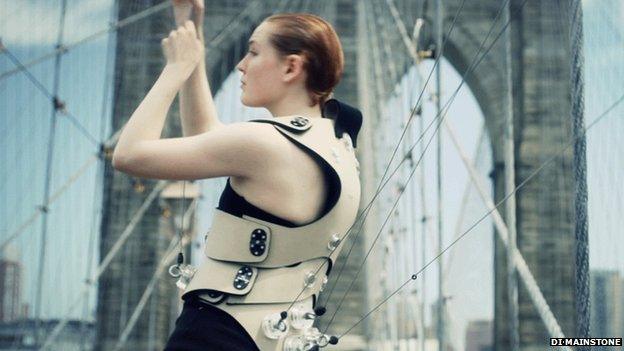
The Human Harp featured as part of the Brooklyn Bridge's 130th anniversary festivities
An instrument that allows its user to hear and play a road bridge's "song" could be brought to Scotland.
Called the Human Harp, it was clipped to New York City's Brooklyn Bridge, external in 2013 as part of celebrations marking the crossing's 130th anniversary.
Artist Di Mainstone, whose team includes Edinburgh industrial designer David Ross, has plans for a tour of the UK, Europe and the USA.
She hopes bridges in Scotland could feature in the tour.
In the UK, the Human Harp has been clipped to Bristol's Clifton Suspension Bridge, external.
Ms Mainstone, who showcased some of her other work on a visit to Forres in 2008, external, said: "Right now we are raising funds to make 12 Human Harp kits so that we can kick off a one-year experimental pop-up tour, visiting unexpected places in the UK, Europe and the USA.
"Scotland is high on our list, so if you are a Scottish creative keen to get involved or a local business who'd like to sponsor our tour please get in touch with us."
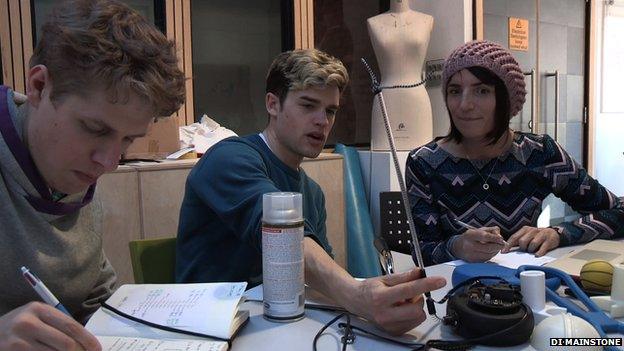
Di Mainstone with, from left, engineers Seb Madgwick and David Ross
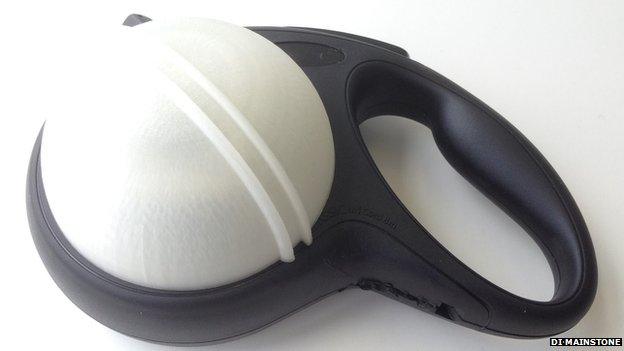
The Human Harp's digi-bow device
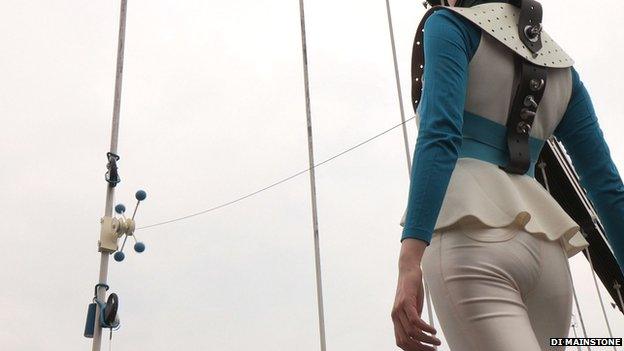
A musician tries out the instrument
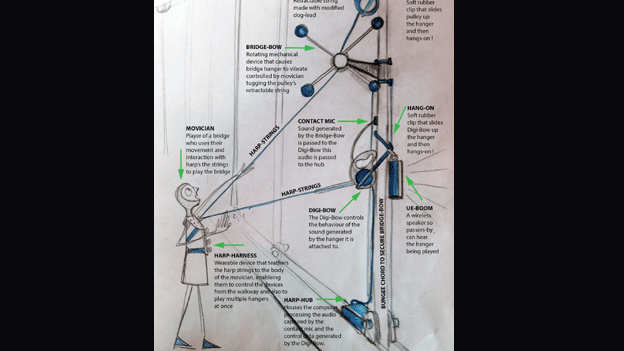
A Di Mainstone sketch of the Human Harp
Mr Ross, an undergraduate in industrial design at Gray's School of Art in Aberdeen, has been working with tech producer Becky Stewart, engineer Seb Madgwick and audio coder and musician Adam Stark on the Human Harp's "digi-bow".
The device manipulates the pitch, tone, reverb and volume of sounds from a mechanical set-up called the "bridge-bow", which is clipped to a bridge's suspension cables.
Ms Mainstone, who is artist-in-residence at Queen Mary University of London, said: "Thanks to this device we can potentially set-up the Human Harp at any location to play any giant resonant structure."